Opinion: Popularity is Pulag’s Salvation
Pinoy Mountaineer is calling for a constructive conversation about what we should do to preserve the beauty of Mt. Pulag and other mountains in light of the problems brought about unregulated ecotourism. Contributions are welcome at news@pinoymountaineer.com.
by Chris Tejirian
Two of my most exciting and exotic hiking experiences have involved Pulag: the Akiki-Tawangan Traverse (http://goo.gl/ttSEM2) and the Ugo-Pulag Traverse (http://goo.gl/yqF52U and Hiking Matters 320-323). During our Akiki-Tawangan Traverse, we camped below the edge of the grasslands on the Akiki trail. In the morning we continued up, over the summit, and then descended through the high-altitude rain forest of the Tawangan trail– an extraordinary place that I will never forget. During the Ugo-Pulag Traverse, we explored a rarely-visited valley with no road access. By providing a school and a health clinic with solar panels on the roof, the Philippine government has brought many of the best aspects of modernity to this beautiful place without ruining it’s traditions. The thatched huts and suspension bridges we passed as we made our way down the valley were captivating, and I suspect that many Filipinos do not realize that such places still exist in their own country. Sadly, I suspect that many Filipinos also do not realize the extent of the illegal logging and rogue roadbuilding that we found the next day, ascending the slopes of Pulag between the Ambangeg and Ambaguio trails.
I am writing this as part of a series of opinions discussing the fact that Pulag is in trouble. Much of the Philippine outdoors, in fact, is in trouble. It is tempting to say that sensitive areas should be closed; that people should be kept out… but that would be a mistake. We need people to love Pulag, to love Ugo, to love Makiling, to love Guiting-Guiting. Only with the love and support of many people will these outdoor areas recover and thrive. And in order to learn to love them, people must be able to visit them. With timely protection and regulation, natural areas like Pulag can rebound and recover in just a few years.
Filipinos must find their own way for their own land, but other countries are coping with these same problems and their strategies should be studied. One of the biggest and best-run systems of hiking trails in the world is the French “GR”s, where the increasingly popular GR20 trail across Corsica has had camping banned in between the established “refuges” on the route. The 180 km GR20 is famous for being the toughest trail in Europe, and perhaps also the most beautiful. In California, permits must be secured as long as six months in advance if one wishes to hike the entirety of the 338 km John Muir Trail among the High Sierra, most of which is above 3000 meters. Human solid waste is a major issue, and there is extensive discussion of how to properly deal with it. Fires are banned, and even the type of stove you carry is dictated. Rangers stop you and check that your permit is in order and your food is encased in a special vault, on account of the bears. Because of these regulations, these trails and many others stay open and preserve wilderness access for many thousands of hikers every year. But protecting and regulating an area requires money.
The popularity of Pulag is the key to it’s salvation. There should be ranger stations at the head of every trail, but restrictions should be kept to a minimum. Perhaps only the Ambangeg trail needs to have a system of permits, and no one should need a doctor’s certificate just to walk in the park. Modest fees should be charged for all hikers, the money should be designated for Pulag only, and it should be publicly accounted for in a transparent manner. The top priority is the protection of the mountain, but the experience enjoyed by visitors is almost as important. Both the adventurers, who come for a beautiful and challenging experience in the wilderness, and the tourists, who normally just hike in on the Ambangeg with a guide, must feel welcomed. Properly-marked and -routed trails must be built, and Enforcement Rangers with police powers to issue tickets and even arrest people who violate rules on the mountain must patrol. Perhaps the fees could also be used to improve the Ambangeg road, build a health clinic at that trailhead, and finance loans to build guesthouses and shower facilities in the villages, outside of the most sensitive areas of the park. Think how many people would love to have another place like Sagada, where they could enjoy the outdoors all day and then relax at a nice restaurant in the evening. By channeling visitors on to properly-constructed trails, using permits to regulate visitors on the busiest trails, limiting group size to ten or twelve people, banning camping in the grasslands, and perhaps setting up composting toilets and proper fire-rings at carefully-located campsites, Pulag could continue introducing people to the natural beauty of the Philippines on the Ambangeg trail, and continue to provide the freedom of an ultimate wilderness experience to that smaller number of passionate people who take the other trails.
___________________________________________________________
Chris Tejirian is an international professional who has hiked in many of the world’s great locations over the past thirty years, including the Philippines, Japan, Taiwan, Himalayas, French and Swiss Alps, Caucasus, East and West Coasts of the U.S., and others. His family has been involved with the Philippines, particularly the Cordillera region, since 1926. He lived and worked in Manila from 2011-2013, traveling to and hiking in many locations around the country during that time.

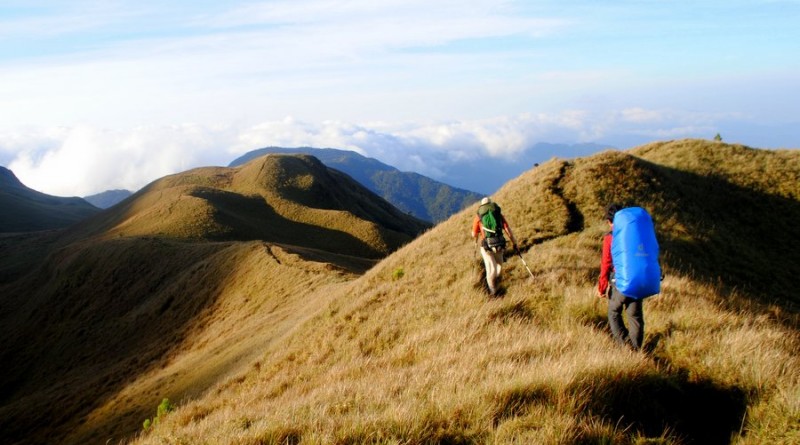

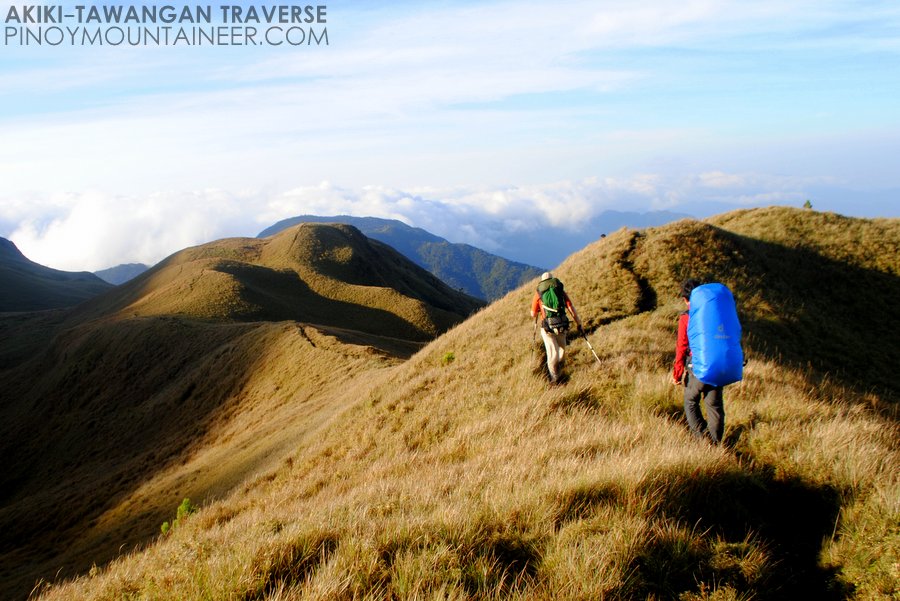
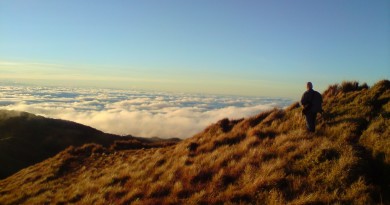
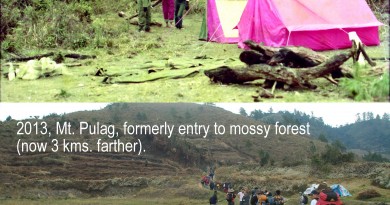
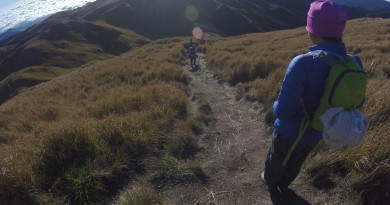
Leave a Reply
Be the First to Comment!